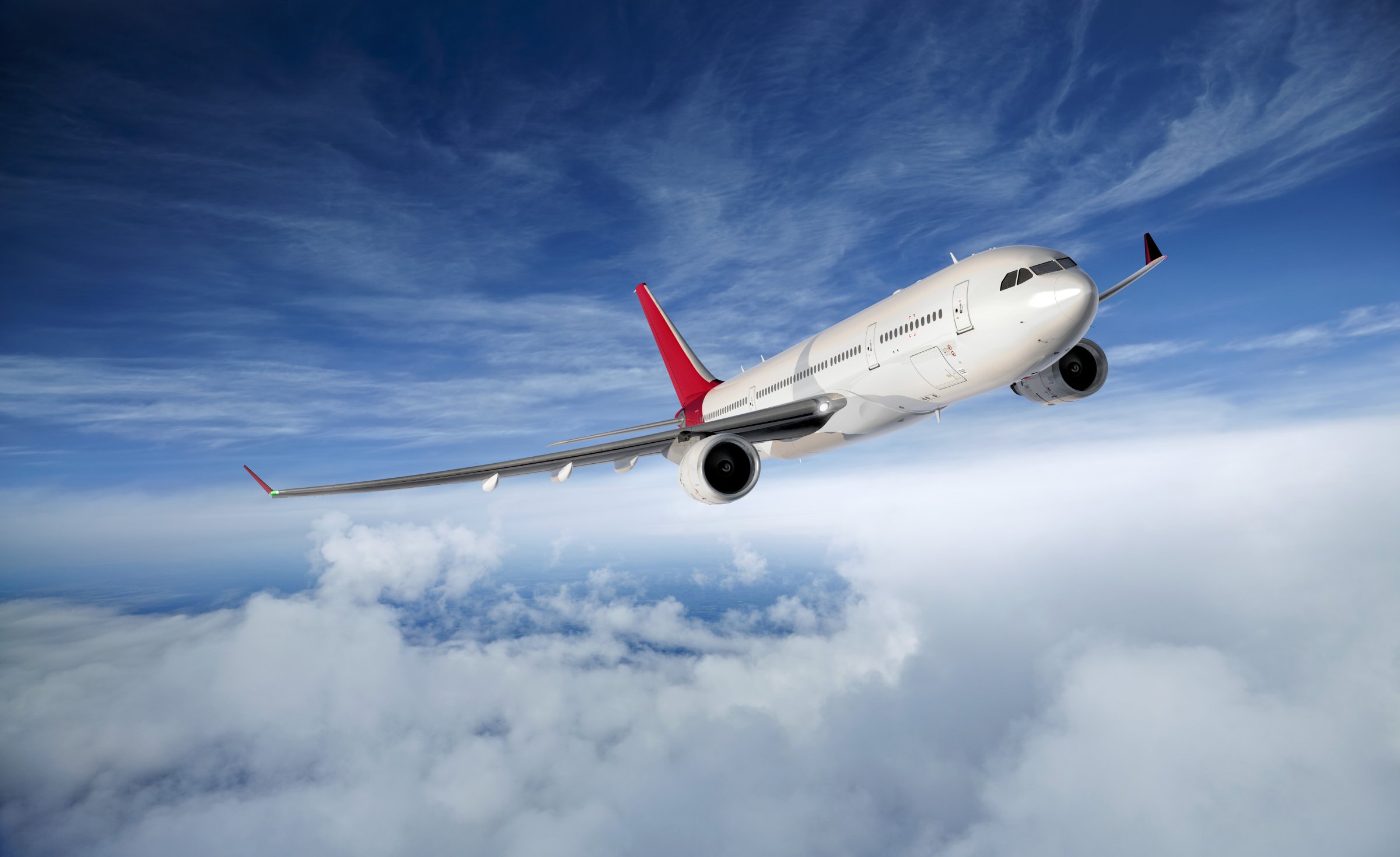
Flights over the Pacific Ocean have gotten longer due to climate change-related changes in wind patterns, a shift that could be mirrored in other regions across the globe, according to new research.
Air travel currently accounts for more than 3% of the carbon emissions driving human-caused climate change, and the study, published in the journal Nature Climate Change, suggests a feedback loop where longer flight times lead to greater carbon emissions and vice versa. If flight lengths continue to grow as climate change intensifies, so will the industry’s carbon emissions.
Researchers evaluated data on air time—the time spent in the air between takeoff and landing—on flights between Honolulu and Los Angeles, Honolulu and San Francisco and Honolulu and Seattle on four major carriers over an 18-year period. They attributed 88% of the year-to-year variability in flight times on those routes to two climate phenomena: the El Niño Southern Oscillation and the Arctic Oscillation. In total, those phenomena added 133 flying hours per year on those routes, or around one minute per flight, the authors conclude.
Read More: Strong El Niño Set to Bring California Drought Relief
“That kind of time is wasted when somebody isn’t sitting in their seat when the flight attendants are asking them to,” says study author Kristopher Karnauskas, a researcher at the Woods Hole Oceanographic Institution in Massachusetts. “But those aren’t the only three routes, and you have the potential for pretty huge changes in fuel expense across the world.”
The potential impact only increased when researchers looked at projections of future climate change. A warming world may lead to stronger winds that further slow flights between Hawaii and the west coast of the United States. Still, Karnauskas says that understanding what climate change means for the flight times in other parts of the world requires more research. It’s possible that climate systems increase (or decrease) flight times elsewhere.
“I’m not saying that climate change is going to cause the global flights to be longer, they might even be shorter,” Karnauskas says. “But if you change the amount of time that planes are in the air and how much fuel is burned on annual basis by the aviation industry, that’s a feedback.”
Airlines spend millions of dollars every year studying how to fly most efficiently, including carefully examining the weather. Karnauskas say they should also take into consideration wind patterns and climate change.
More Must-Reads from TIME
- Why Trump’s Message Worked on Latino Men
- What Trump’s Win Could Mean for Housing
- The 100 Must-Read Books of 2024
- Sleep Doctors Share the 1 Tip That’s Changed Their Lives
- Column: Let’s Bring Back Romance
- What It’s Like to Have Long COVID As a Kid
- FX’s Say Nothing Is the Must-Watch Political Thriller of 2024
- Merle Bombardieri Is Helping People Make the Baby Decision
Write to Justin Worland at justin.worland@time.com